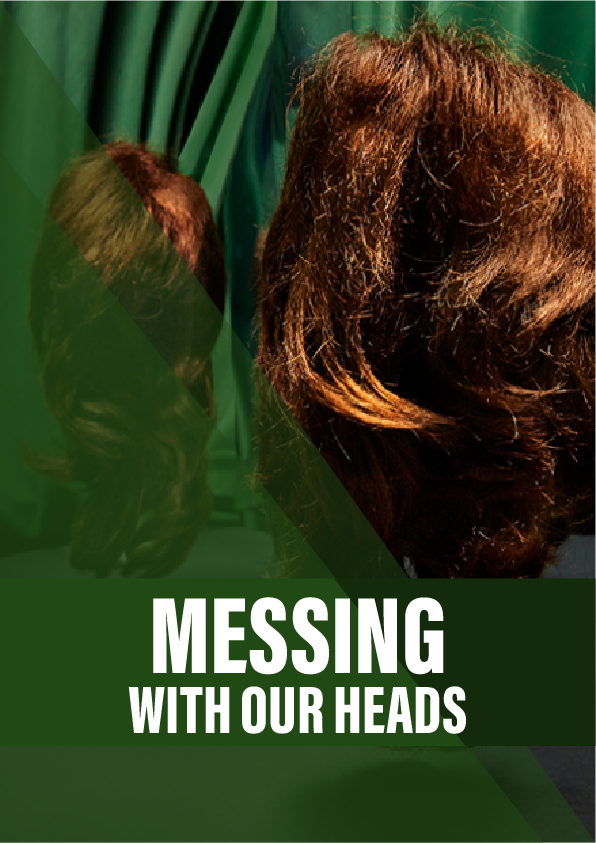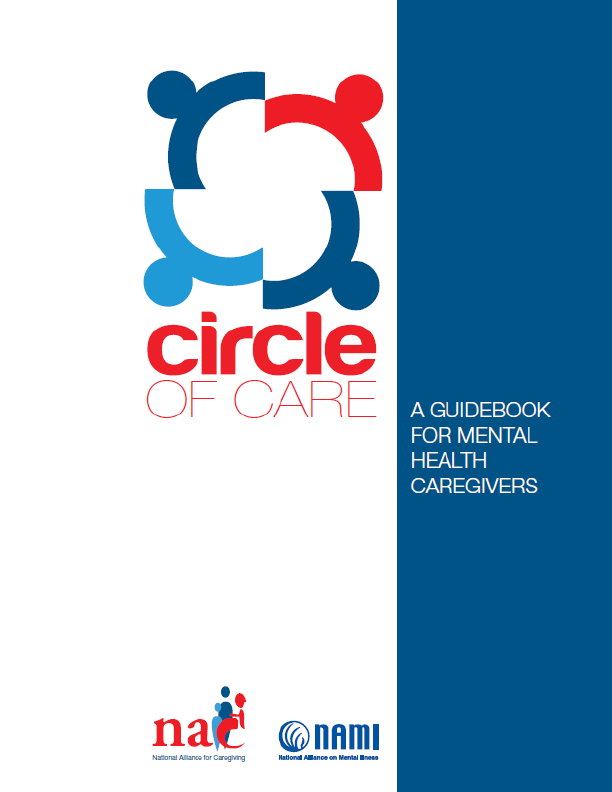Like many balding men, Rhodri Marsden has learned to accept losing his hair. But male stoicism and other coping strategies – from hats and wigs to dark humour – often mask deep distress, and even suicidal feelings. Will modern medicine ever find a ‘cure’ – or does the solution lie elsewhere?
When I was a teenager, my mum reassured me that I wouldn’t go bald in my 20s like my father had. She seemed pretty sure of this. “Look,” she said, brightly, pushing back her hair from her forehead, “you’ve got my hairline, not your dad’s.” At the time, I bought her argument, but within 10 years her reasoning had been revealed to be magnificently wrong. My hairline had begun its slow march north, a clear sign that I’d inherited male pattern hair loss from one of my parents, if not both of them.
I pretended not to be bothered at the time, and as the years went by I persuaded myself that my ever-shorter haircuts might make me look better than I used to. But deep down it felt unfair, a genetic quirk I didn’t deserve. I’d wince as the barber held up the mirror behind me, revealing an ever-widening bald patch. The advent of social media gave me an exciting new pastime: untagging myself from photos that gave an unflattering perspective on my gleaming forehead, which was pretty much all of them. I pretended not to be bothered, but it was a pretence, and that pretence continues today, in my 40s; while stoically accepting hair loss as my destiny, I know perfectly well how I feel about it. I don’t like it. I’ve found myself turning to classic coping mechanisms such as wearing hats and growing a beard, hilariously feeble attempts at misdirection that fool nobody, least of all me.
“Hair are your aerials,” says Danny, the hirsute drug dealer in the film Withnail and I. “They pick up signals from the cosmos and transmit them directly into the brain. This is the reason bald-headed men are uptight.” Danny’s conclusion – that all hairdressers are in the employment of the government – was stoner paranoia, but in one sense he was right: balding men are often uptight, about their baldness if nothing else. As coping mechanisms go, my hat and my beard are pretty benign examples. But while hats and beards tend not to provoke any additional anxiety, it would seem that transplants, drugs and wigs certainly do.
Androgenetic alopecia is the medical term for this inherited form of hair loss, and while it affects both men and women, it’s men whose anxieties tend to be targeted by the hair loss industry. It’s estimated to be worth at least $1.5 billion a year worldwide, servicing the needs of millions of men and becoming increasingly adept at persuading them to part with money. A casual internet search returns a disorientating array of options that promise to alleviate the misery of the balding man: from herbal remedies to surgical procedures, from magic foams to fancy hairpieces, from restorative shampoos to nanofibre sprays for “colouring in” bald patches. Some of them work, in the sense that the hair loss might be made less apparent (no miracle cures exist), but what works for one person might pan out disastrously for another. The resulting arguments play out daily between thousands of voices across dozens of websites, helping to generate a smokescreen of confusion behind which snake-oil salesmen can operate freely.
Reference:
- Hair transplant consultant Joe Tillman’s investigation of hair transplant procedures in Turkey is an illuminating look at an often exploitative industry.
- Recommended by the British Association of Dermatologists, Changing Faces offers support for those coming to terms with their changing appearance.
- If there’s a hair loss cure on the horizon or in the news, Hair Loss Cure 2020 will cast an eye over it. A comprehensive and unbiased resource.
- Alopecia UK is a British charity dedicated to helping those suffering with all forms of alopecia.
- Spencer Kobren is the founder and president of the American Hair Loss Association; he’s also the presenter of a long-running and hugely popular radio show dedicated to issues relating to baldness.











